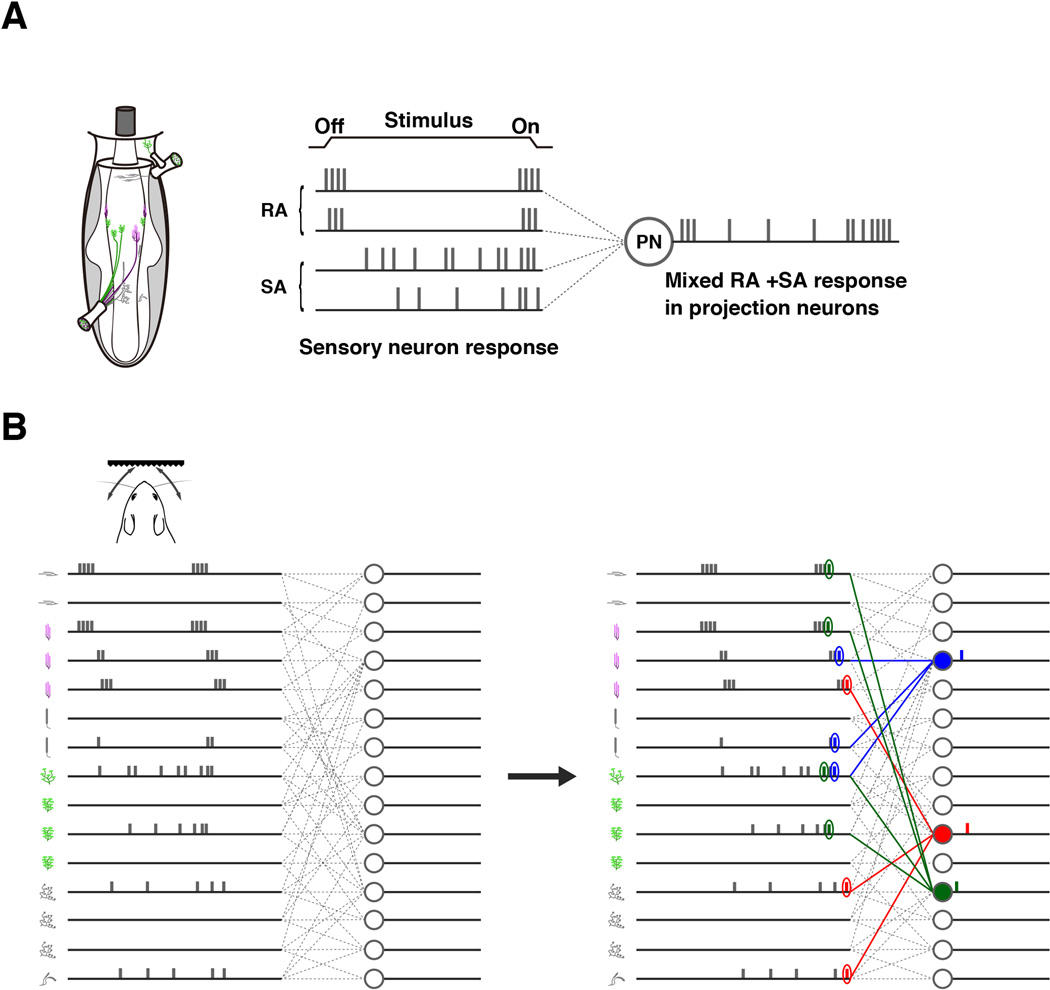Fig. 5. Hypothetical model involving temporal coding of tactile information in the first relay station of the vibrissa sensory pathway.
(A) A projection neuron (PN) receives convergent SA and RA inputs and thus shows mixed RA and SA responses.
(B) Hypothetical model: The sensory circuit from a single vibrissa to the brain has the one-to-many and many-to-one connectivity architecture. The individual neuronal spike and adaption patterns elicited by a touch stimulus are hypothetical on the model. We speculate that the spike-timing differences in sensory neurons in response to the touch stimulus and coincident detection of transiently synchronous spikes by PNs can result in a temporal code from the vibrissa column to encode the nature of tactile stimulus.

